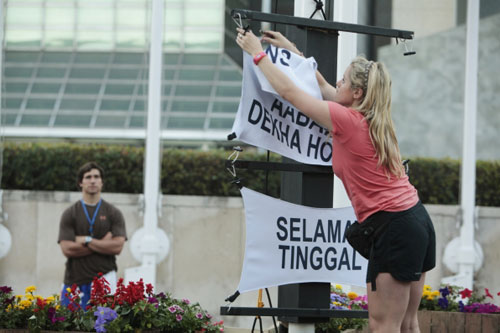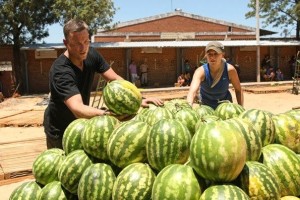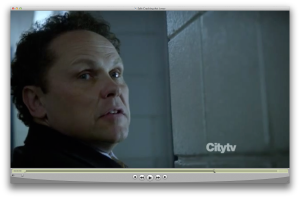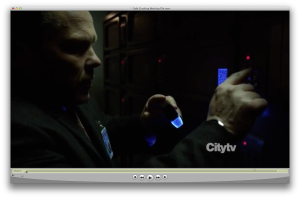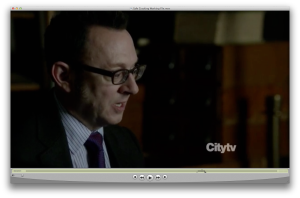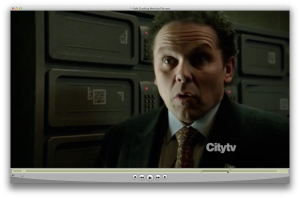I get asked frequently if anyone is compiling 3-Act Math stories in the style of Dan Meyer or learning through problem solving activities specifically for elementary school. I’m not aware of anyone cataloguing them at the elementary level, probably because most elementary school teachers have to teach everything, not just math. It’s daunting, and probably hard to focus so much on one subject. Here’s the thing that occurred to me, though. Because Act I is typically completely visual, and we ask students what THEY wonder about, won’t they automatically wonder about things at their own level? I think that many of the ones presented on this blog would work in an elementary classroom with minor tweaks to Act II (and maybe Act III). I’ll use the ticket roll video I posted yesterday to explain.
Act I – Same Video Used for High School Students https://vimeo.com/69124531
I assume elementary school students will also wonder how far Sarah will get. The high school kids will get dimensions of a ticket and work with area and volume to determine how many tickets are on the roll. What if we just change the Act II information we provide for elementary school students?
Act II – Modified for Elementary School Tell the students that there are 2000 tickets on the roll, and show them the video below. https://vimeo.com/69173213
Act III – Same Video Used for High School Students Play the same answer video from my previous post. The answer is the same. The payoff is the same. The math is more elementary. https://vimeo.com/69123114 The answer the will come up with (by dividing) is actually a little too close. I was hoping it would be messier in the end so the students could discuss why it might not have been so accurate.
